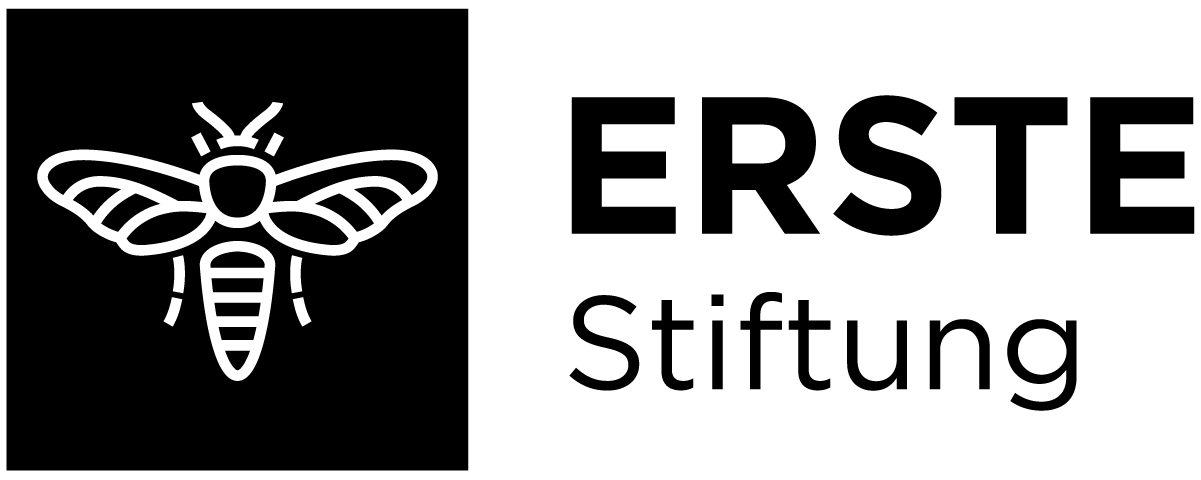co/rizom incubator is guiding amazing artisans, designers and business professionals in developing their collections for a global audience. focus on series will allow you to get to know better the people behind the PODs. This edition is dedicated to Cast like a bell: The POD will explore new opportunities using the traditional sand casting technique of the foundry. The aim is to highlight the unique construction techniques, material properties and finishes developed over generations of handcrafted bells. |


| Arnaud and Alexis Brügger are 3rd generation Fonderie Brügger creating traditional bells in the Fribourg region of Switzerland. They forge Sonnailles (steel bells) as well as sand-cast bronze bells. |

| Maker, climber, mountain-biker, adept collector of materials… Georg Foster is a Swiss designer with German and English roots, having grown up in Cameroon and Turkey as well as Switzerland and the UK. He obtained a BA in Product Design at Central Saint Martins in London and a MAS in Design for Luxury and Craftsmanship at ECAL school of art and design in Lausanne. With a strong passion for materials and processes he strives for simplicity and honesty within his designs. What attracts you to the material you chose for the process? Ever since I visited the Brügger foundry during my masters research at ECAL, I was struck by the attention to detail required to cast bronze bells to that standard. And in contrast to this delicate work you have the raw heat and physical challenge which comes with the process. What is the biggest challenge in the design process? In a sense, bringing an idea to reality without loosing the magic which first motivated the project. Describe the co/rizom incubator in 3 words: Catalyst, heritage, regeneration. What is an emotion connected to this collection? Interdependence. |

| Leana Fischer is the cofounder of Reverse AG, working within service design, innovation and strategy. How did you start working as a business developer? I started from being an interior designer to a BA in Product Design and advanced in making a MA in Product Service System Design, adding the business and systemic part to the design process. What does the word ”craft” bring to mind? A deep and vulnerable interaction with a material and process. What is the biggest challenge in the design process? The biggest challenge in the design process is first, making decisions, second making decisions and third making decision. What is the biggest challenges for your profession in the future? The biggest challenge is to not give in to the fast pace of the industry and the technical possibilities. Still taking the time to produce qualitative and desirable work. |
